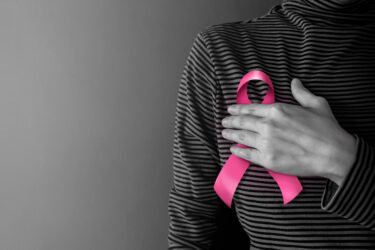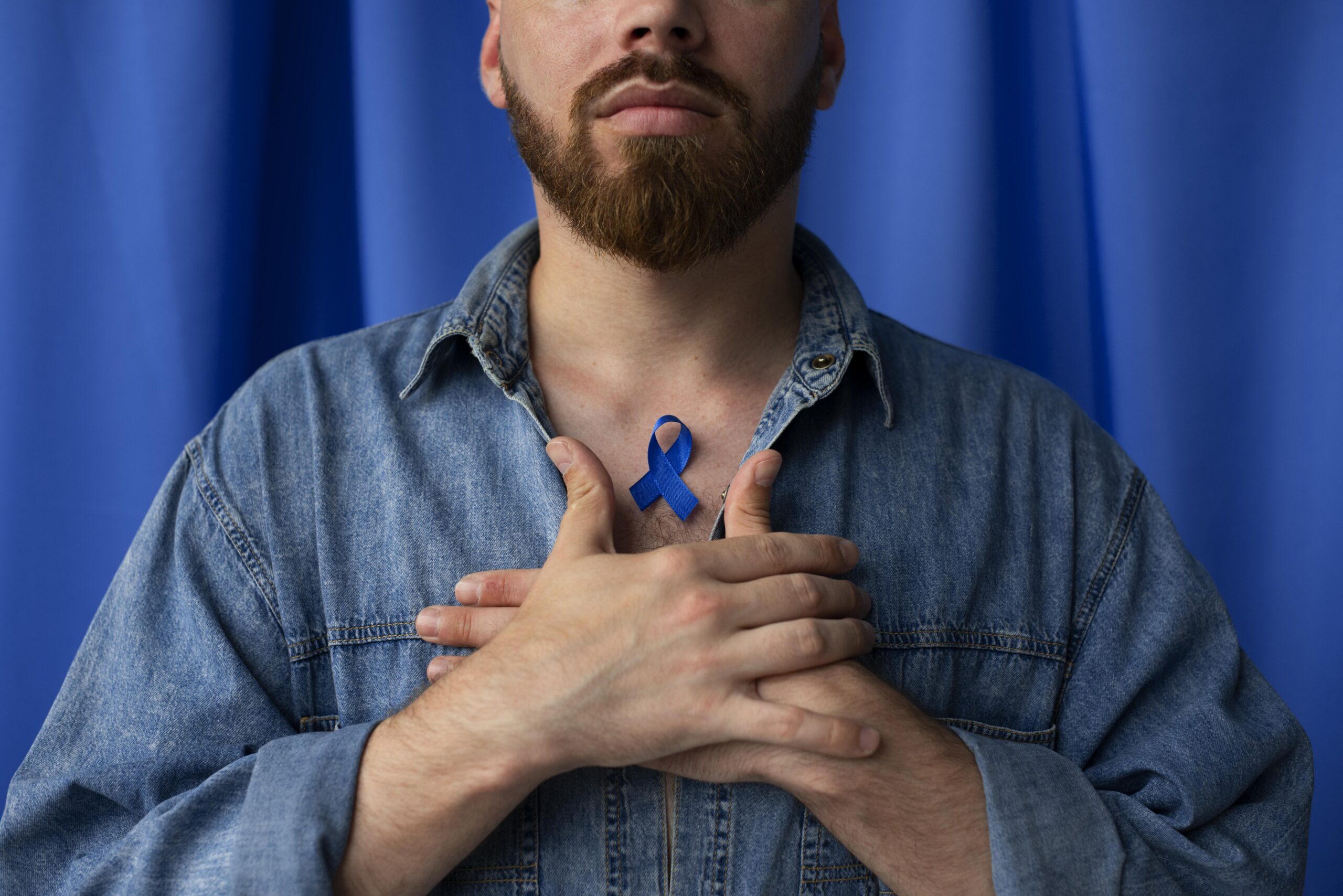Melanoma is not only a common type of cancer but also quite a severe one. It develops in melanocytes, which are cells that produce the pigment melanin that determines our skin color. Melanoma can occur at any surface of the body. However, the most common ones happen on the arms, legs, and face. Understanding the risk factors and symptoms of Melanoma can help you avoid the risk of developing it.
Symptoms
The signs and symptoms of melanoma can be recognized using the ABCDE rule:
- A is for Asymmetry
You must look for moles with asymmetry, especially those with two halves that are different from each other. - B is for Border Irregularity
Borders of moles that are uneven, blurred, or notched could indicate the presence of melanoma. - C is for Color Change
Moles that have an uneven distribution or change in color. You may notice an array of colors including shades of brown, black, red, and white. - D is for Diameter
Moles of diameters greater than 6 millimeters or a quarter of an inch could be a symptom of melanoma. - E is for Evolving
A mole that evolves in size, shape, or, texture over time is one of the signs of melanoma.
Risk factors
- Fair Complexion
People with a fairer complexion, freckles, or blonde hair are at a greater chance of developing melanoma owing to the low levels of melanin. People with lighter skin also burn rather than tan when out in the sun. - Exposure to UV Light
People who spend a lot of time in the hot sun or do not protect themselves from the sun’s rays are at a higher risk of melanoma. Using tanning beds, lights, or engaging in recreational tanning outdoors also increases the risk of melanoma due to the incidence of UV rays on the skin. - Age and Gender
Melanoma occurs mostly in young adults under the age of 30. However, people over the age of 65 are also at a higher risk of melanoma. Those more likely to develop the condition are women below 50 and men above that age. - Family History
You are more likely to develop melanoma if one of your close relatives was diagnosed with it. Thus, regularly checking yourself for this condition if a family member has melanoma is highly recommended. In rare cases, melanoma is caused by gene mutations. - Weak Immune System
Having a weakened immune system puts you at a higher risk of developing melanoma. It could be due to organ replacement surgery or diseases and treatments that render the immune system weak. - Having Many Moles
The presence of multiple moles that are unusually shaped or colored could indicate the presence of melanoma. If you happen to notice any unusual moles or patches on your skin, get them checked immediately.







